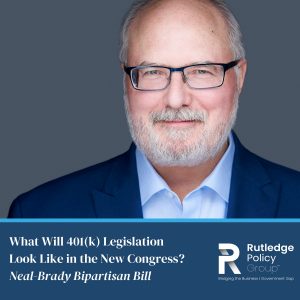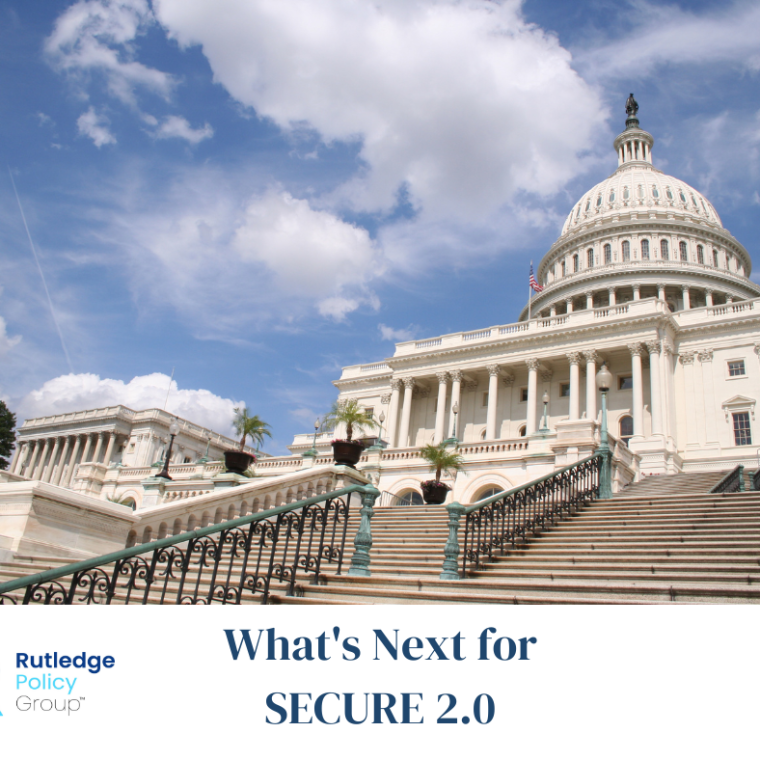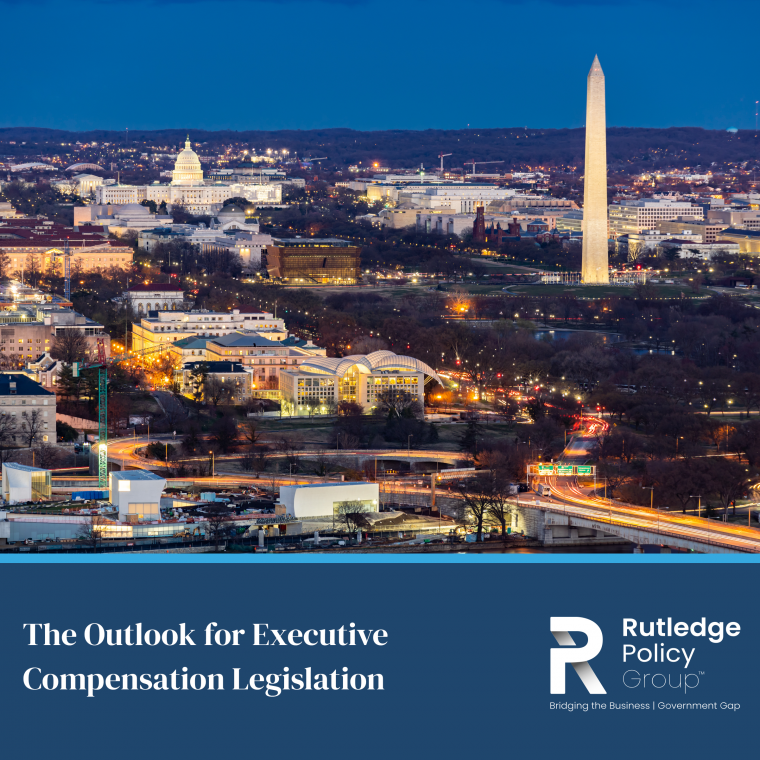 Last year, Congressmen Richard Neal (D-MA) and Kevin Brady (R-TX) introduced the Securing a Strong Retirement Act of 2020, also known as the Neal-Brady bill. Since the proposed legislation builds on the 2019 Setting Every Community Up for Retirement (SECURE) Act, Neal-Brady has also been dubbed “SECURE ACT 2.0.”
Last year, Congressmen Richard Neal (D-MA) and Kevin Brady (R-TX) introduced the Securing a Strong Retirement Act of 2020, also known as the Neal-Brady bill. Since the proposed legislation builds on the 2019 Setting Every Community Up for Retirement (SECURE) Act, Neal-Brady has also been dubbed “SECURE ACT 2.0.”
With Democratic control of the White House, Senate, and House of Representatives, what can we expect the final version of this retirement legislation to be?
Of course, it’s a long way from proposed legislation to enacted law. But we can make some reasonable assumptions, as detailed in this blog post.
The Big Picture: Key Provisions
Historically, legislation that increases opportunities for retirement saving has had bipartisan support. Now, with Democratic control, an even more “forward-leaning” agenda is likely.
Broadly speaking, retirement legislation in 2021 will address three key objectives: increasing retirement plan coverage, increasing accumulations during employment, and stretching savings out over a longer period after retirement.
Here are the specifics, as outlined in Neal-Brady.
Increasing Coverage
- Closing the coverage gap with mandatory auto enrollment for all employees in 401(k), 403(b), and SIMPLE plans:
- The initial enrollment amount would be between 3% and 10% of pay.
- The provision exempts businesses with 10 employees or less and businesses less than three years’ old, as well as church and governmental plans.
- Encouraging more small businesses to establish plans through an extended and expanded tax credit —
- The SECURE Act start-up tax credit to cover administrative costs would be increased to 100% of administrative costs (up from the current 50%), up to $5,000 annually (current maximum amount) for employers with up to 50 employees.
- The credit also would be available to employers with 51 to 100 employees, but it would be phased out over five years: 100% in the first two years, 75% in the third year, 50% in the fourth year, and 25% in the fifth year, after which the credit would end.
Increasing Accumulations
- Increasing accumulations during employment; that is, increase the amount of money people are deferring, through:
- 1% auto-escalation of deferrals annually, up to a 10% cap.
- Incentives for smaller employers to increase their match.
- Increasing “catch-up” contributions to $10,000 for employees age 60 and above ($5,000 for SIMPLE Plans).
- Increasing and indexing the Saver’s Credit.
Stretching Savings Post-Retirement
- Stretch assets out over a longer period post-retirement by:
- Increasing the age for Required Minimum Distributions (RMDs) to 75. (The SECURE Act increased the RMD age to 72 for anyone who turns 70 ½ after December 31, 2019).
- Exempting accounts of up to $100,000 (indexed) from the RMD rules so that those with smaller retirement savings can hold onto their money as long as they can.
The Big Picture: Timing
I believe we will see retirement legislation introduced in the first half of 2021 in both the House and Senate. Of course, on the legislative front, passage of President Biden’s American Rescue Plan will be first in line. How will this impact the timeline for finalizing retirement legislation in 2021?
There are too many factors in play to make a prediction as to when retirement-specific legislation will be finalized. One thing to keep in mind: an important fiscal “action forcing event” for Congress will occur in late summer (probably August) when the debt ceiling must be increased. Although the Treasury Department can take some special measures to keep government going, Congress will have to get a spending bill in place in the fall of 2021. It’s possible that retirement legislation could be part of this bill, just as the SECURE Act was part of a government spending bill.
Other important legislative deadlines will be determined by the two reconciliation bills expected to be introduced this year.
How We Can Help
Rutledge Policy Group can help you navigate 2021’s retirement legislation and its impact on your business. Contact us today.
Next time: Looking beyond Neal-Brady: What other retirement reforms are likely in 2021?

